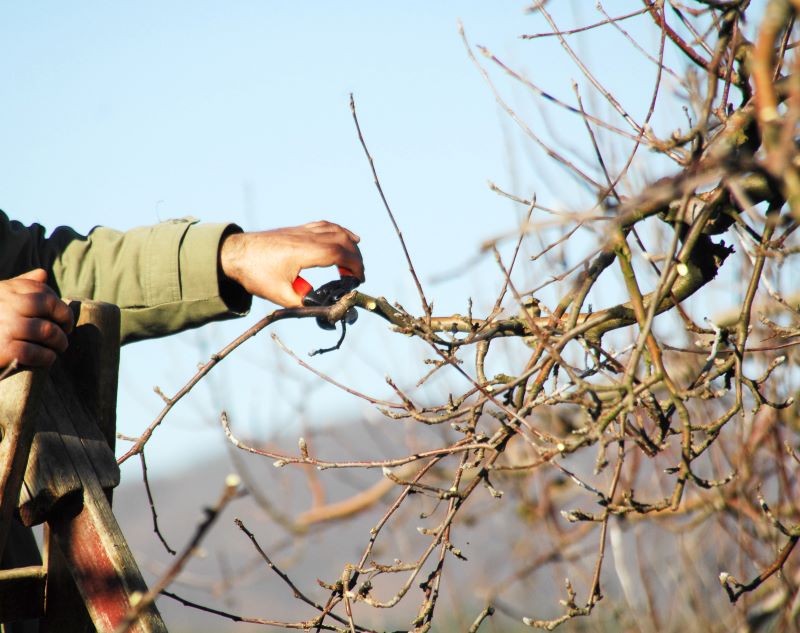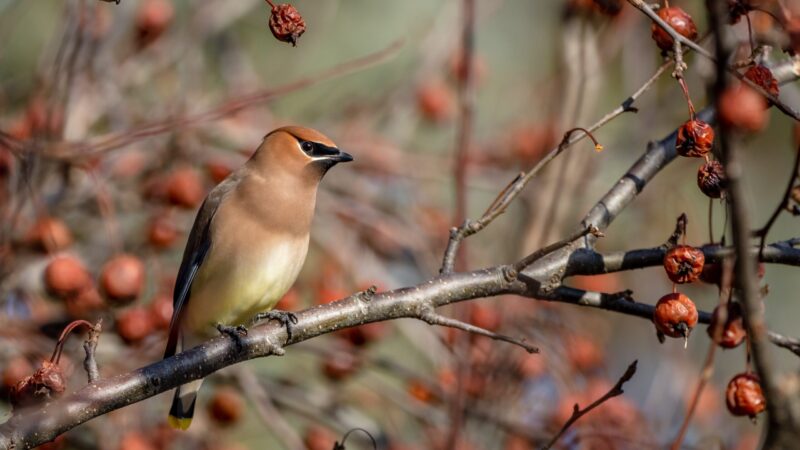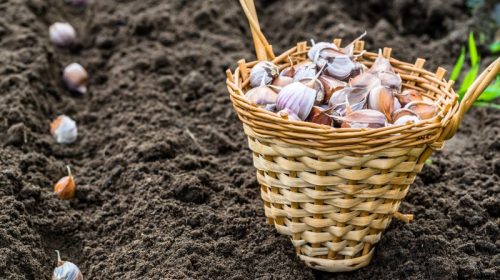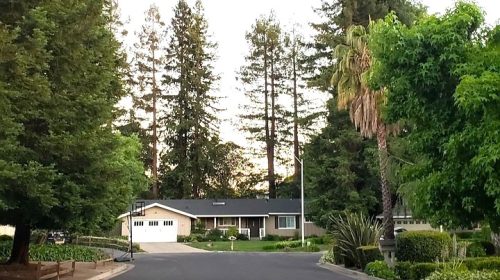January in the Garden
By Josh Reilly
We had a strange Fall season in my little “holler” in Ben Lomond in 2022. Routine heavy frosts started in late October, a little ahead of schedule, along with other autumnal anomalies. Maybe it’s the 50 F temperature swings on clear days. Maybe the rare September rain triggered plant hormonal confusion, but the Granny Smith apple tree only started seriously shedding leaves a few weeks ago. At the same time, the supernaturally symmetrical Spiral Aloe (A. polyphylla) had barely recovered from the August heat wave when the frost arrived. Similarly, the Hellebores looked as brown as they did when sweltering in last Summer’s heat. They should be lush with dark, waxy green leaves and lots of flower buds by now. But here we are.
January in the SLV is time to finish dormant spraying of fruit trees and roses. Leaves are gone. Your target, when dormant spraying, is the wood, trunk, branch, shoot and spur, leaf and fruit buds. Leaves just get in the way. No reason to spray leaves today that fall tomorrow. Rain can interfere with your timing, washing off your dormant spray before it does its job. Local fruit tree and rose wizard Oren Martin recommends three dormant spray applications, around Thanksgiving, Christmas, and New Year’s Day, thus timing treatments to the developmental stages of plant and pest. So, as of today, I’m running late, mostly due to the rains. Well, better late than never.
The term “dormant spray” refers more to the time of application than the precise ingredients. Usually it just means mineral oil (derived from petroleum), or vegetable oil, applied when the plant is in its “dormant” developmental phase. I use a mixture of oil and copper-based liquid fungicide. Another variant is “Bordeaux spray,” a mixture of mineral oil, copper sulfate, and lime. Don’t be alarmed by the term “fungicide.” All these treatments are considered “organic” and may be applied on certified organic farms and gardens. The primary purpose of dormant oil is to smother insect pests like aphids, thrips and scale, and of special interest to SLV apple growers, codling moth. Codling moth larvae spend the Winter in the cracks and folds of tree bark and in the soil at the bottom of the tree. Treating now targets the larval stage, prior to metamorphosis into the more protected pupal stage. Add copper for defense versus bacterial diseases and sulfur for controlling fungal disease. Spraying in Winter targets pests and diseases at their most vulnerable and plants at their least. There are many oil spray formulations available, however, for application in Spring and Summer. Read labels carefully and consult the UC Statewide Integrated Pest Management Program website at ipm.ucanr.edu for help with this.
Winter Pruning

January is also time for Winter (dormant) pruning. Remember that Winter pruning stimulates growth and Summer pruning restricts or limits growth. Prune a branch or shoot hard in Winter and at least one healthy bud below the cut will produce a vigorous new shoot in Spring. Start by removing crossed or dead branches. Remove all “suckers” and “water sprouts,” shoots that grow straight up, shading out fruit spurs and using up plant energy without providing useful structure or new fruit wood. On apples, you can remove up to a third of lateral branches, shoots, and fruit spurs, leaving wood with fruit and foliar buds that are plump and colorful. If old fruit spurs are densely packed, thin and dry, they may be ready for the green bin. On roses, you can go much harder, depending on the variety. As the great English garden designer Gertrude Jekyll once said, “Edit ruthlessly!”
Summer pruning is for shape, light, and air. Prune a branch in Summer and that is the last you will see of it. More on Summer pruning next May or June.
Sprays, sprayers, and pruning gear are available at hardware and farm supply shops along with knowledgeable, friendly people to help you choose the right thing.
Josh Reilly, aka Uncle Skip, writes about seasonal gardening from his home in beautiful Ben Lomond, California.
Featured photo by Patrice Bouchard | A Cedar Waxwing eyes the last of the winter fruit. This is the time of year for spraying and pruning.
The San Lorenzo Valley Post is your essential guide to life in the Santa Cruz Mountains. We're dedicated to delivering the latest news, events, and stories that matter to our community. From local government to schools, from environmental issues to the arts, we're committed to providing comprehensive and unbiased coverage. We believe in the power of community journalism and strive to be a platform for diverse voices.





